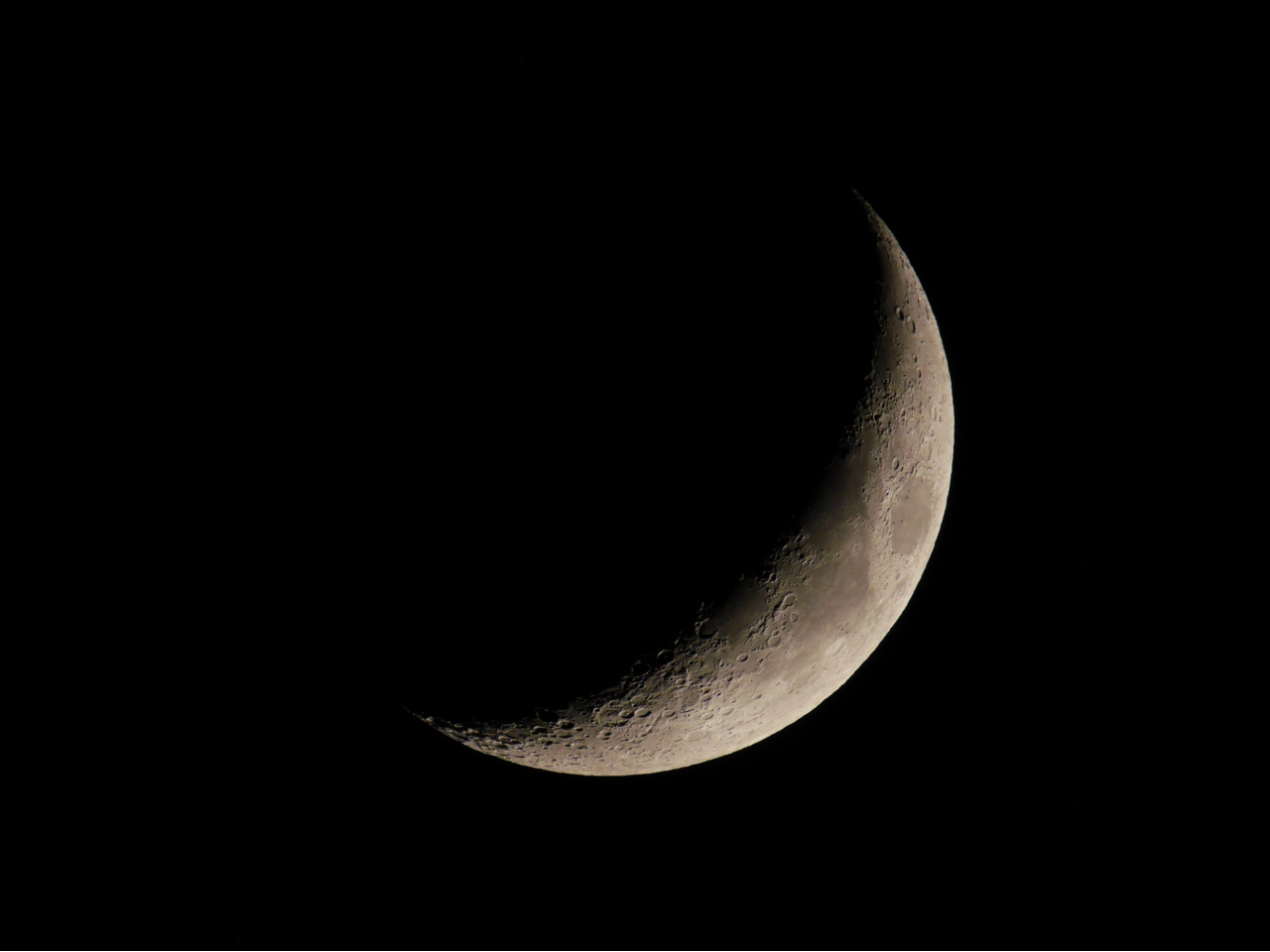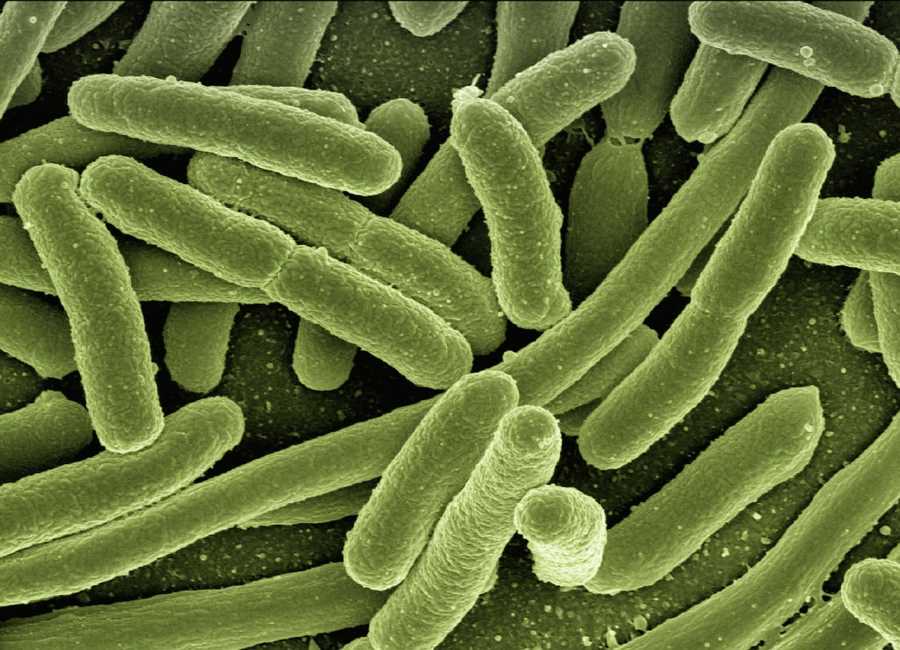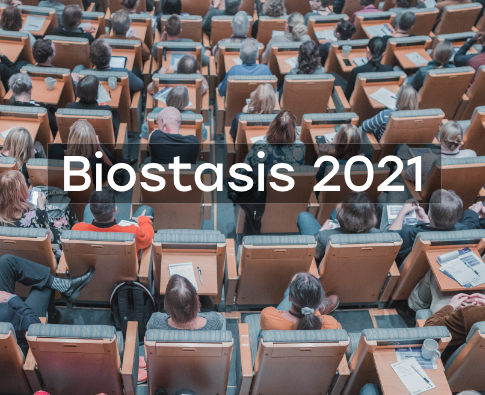There are different approaches to human longevity. The most familiar, which is still prevailing today, is to just keep “fixing” the body as it gets older and becomes impaired. Given the current state of technology, that’s still the best we can do. However, there are many theoretical approaches to which our technologies still need to catch up and which might become prevailing in either the distant or not so distant future – one of the oldest being cryonics.
Cryonics is the freezing of a human body after death with the hope of reviving that person in the future, when technology will have become so advanced that resurrection will be possible. While at first thought this might seem like complete science-fiction, it shares some similarities with suspended animation, the process which many organisms exhibit naturally.
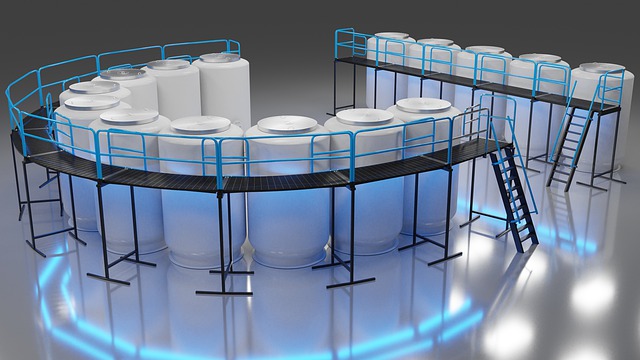
A model of cryonics storage facility – frozen human bodies are kept inside the tanks. Image by harmonynotapathy from Pixabay.
The most well-known example of suspended animation is hibernation in mammals. Suspended animation can also be induced artificially in non-hibernating animals and humans, but only for a short time (a few hours). If this period of time could be drastically extended, long-term induced suspended animation would serve the same purpose as that which cryonics intends to serve, just with a higher probability for success.
Similarities and differences between cryonics and suspended animation
In cryonics, organisms are preserved primarily only after their death, or at least their clinical death, and this alone greatly reduces the chances for its success. The extremely low (-80 –> -196 °C) temperatures used in cryopreservation stop all the metabolic processes completely and while this is beneficial for long-term storage of tissues, organs, and even human embryos, it’s an obstacle when aiming to revive the whole, fully developed organism from a cryopreserved state. In addition, cryoprotectants, the chemicals that must be used to protect tissues and cells from freezing damage during cryopreservation, have to be dispersed in the organism and be able to penetrate cell membranes, however, they also have to be safely removed from the organism upon thawing and these methods must be non-toxic.
A natural form of extreme suspended animation is anabiosis or cryptobiosis, in which all metabolic processes of the organism are not only slowed down, but completely stopped, similar to what happens during cryopreservation. However, this is most often found among small organisms, especially microscopic organisms such as tardigrades and bacteria, which can enter a state that may last for many years. When it comes to animals that are phylogenetically closer to humans, especially mammals, suspended animation is mostly exhibited in the form of torpor and hibernation, during which the essential biological processes of the organism are only slowed down while keeping the body alive and therefore returning it to normal functioning later is less difficult.
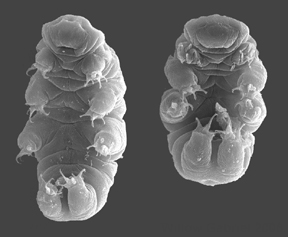
Tardigrade – a micro-animal that can enter a state of anabiotic suspended animation. Viewed under a scanning electron microscope. (Source: Wikipedia)
The complication of induced suspended animation is that it’s difficult to make it long-lasting without damaging the organism. While a cryopreserved body could (theoretically) be revived after many years, to put living humans in suspended animation which would last many years is a difficult task.
Induced suspended animation – current state and future possibilities
Induced suspended animation in humans is currently only used for certain surgeries and medical emergency procedures to buy some time until the patient can be operated on; also, it is mostly cold-induced. It is a form of carefully managed clinical death and some of its features bears a slight resemblance to cryonics.
During such procedure the patient is connected to a cardiopulmonary bypass machine which pumps their blood in and out of the body, their blood is partially or fully removed and either diluted with additional liquids or fully replaced with a saline solution, the liquid that is then pumped through the body is cooled down to as low as 10 degrees celsius. Natural heartbeat stops at this point. Brain activity also ceases, however, it does not end as would be in the case of true death, it is only suspended. Hypothermia greatly reduces cellular oxygen demand.
When the medics are done fixing whatever is necessary to fix in the body, the blood is returned to the body and the heart restarted. Patients are only kept in that state for up to 1 hour. 30-40 minutes are generally considered safe for most patients. The longer the time, the greater the risk of various impairments upon recovery.
One of the main reasons for this is a process called reperfusion injury. Because cells are being greatly deprived of oxygen for a certain time, when normal physiological functions are restored, they become overflooded with oxygen and this contrast could lead to a chain of endogenous chemical reactions which instead of, or in addition to, the restoration of normal functions, can cause cellular damage. This in turn may result in organ dysfunctions and neurological impairments.
Samuel Tisherman, one of the leading figures of research on induced suspended animation in humans for medical purposes, suggested that patients undergoing cold-induced suspended animation could be given certain chemicals that would decrease reperfusion injuries and therefore allow the person to stay in a suspended state for longer.
Mammals that hibernate naturally have endogenous ways to bypass these injuries. Understanding the molecular mechanisms underlying this resistance could help make induced suspended animation safer. Natural hibernators exhibit different gene expression than non-hibernators, which helps them avoid the dangerous consequences of extreme hypometabolism. They also have been shown to exhibit amazing neuronal plasticity enabling their neurons to shrink and lose about 50% of synapses during hibernation, but be fully restored to normal size and functioning afterwards.
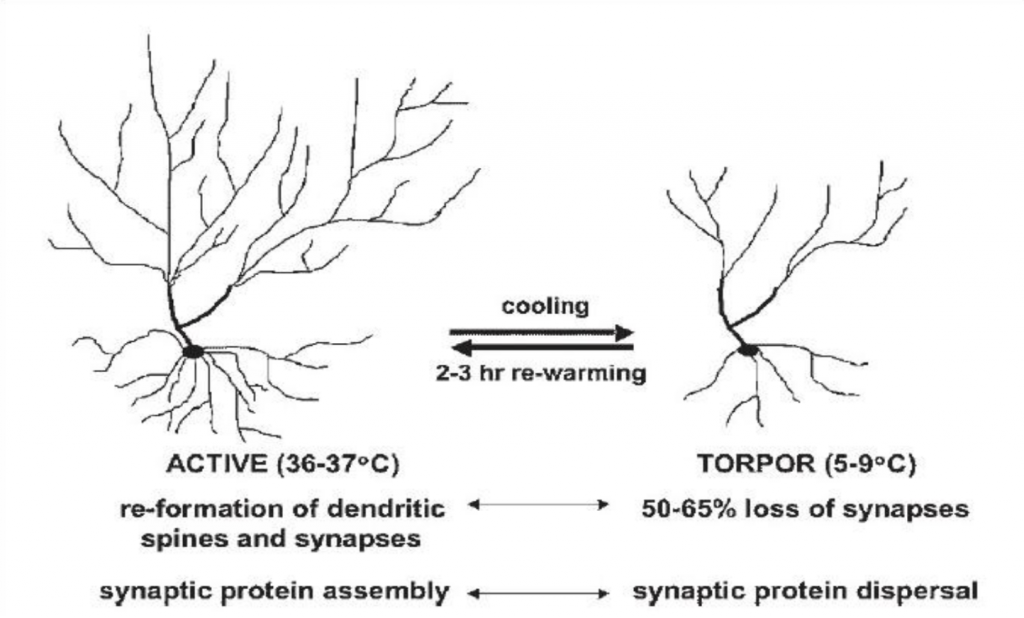
Neuronal plasticity of ground squirrels and hamsters undergoing torpor (Source: Andrews MT (2007): Advances in molecular biology of hibernation in mammals)
The latter is a key feature to address if we want to avoid neurological damage resulting from long-term induced suspended animation. Natural hibernators also somehow bypass muscle and bone atrophy, which is another crucial problem to solve in order to be able to keep a person lying in a stationary position for a long time without serious consequences.
In addition to low temperatures, hypometabolism can also be chemically induced. This has been proven in experiments with non-hibernating mammals. Some of the endogenous biochemicals that induce hypometabolism in mammals are hydrogen sulfide, 5’-AMP, thyroid hormones, 2-deoxyglucose and ghrelin. Hydrogen sulfide was also shown to decrease the risk associated with reperfusion injury. Some of these chemicals, among others, could potentially be used to induce hibernation in humans.
The notion that humans might be genetically prone to hibernation has been confirmed by the recent research carried out on bones of ancient humans, the results of which suggest that these hominids have hibernated naturally. Because our species has exhibited an exceptional ability to change our living environment and adapt it to our needs in the animal kingdom, hibernation might have simply become redundant with time.
There are also a few reported cases of modern-day humans who under certain conditions have fallen into a state of suspended animation and later recovered from it with minimal or no damage to the body. One case that particularly stands out, although balances on the edge of rumors and truth, is of a Swedish woman named Karolina Olsson, who is believed to have spent 32 years in a state similar to hibernation. When Karolina finally woke up from her sleep, although her chronological age was 46, she was described as appearing no older than 25.
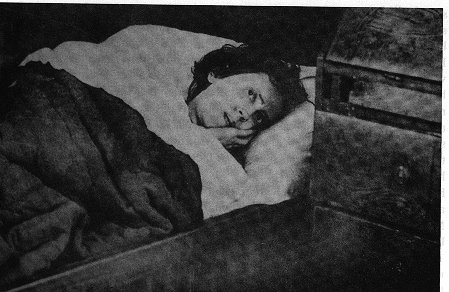
Karolina Olsson, a few days after she purportedly awoke from her sleep lasting 32 years. (Source: Wikipedia)
Conclusions
Hibernation is probably the closest way to naturally induce suspended animation in humans, and possibly the easiest, even though to date there are no scientific experiments with humans that can confirm this. However, to be able to realize this ambitious science-fiction dream of putting people in a very long term suspended animation – not only for a few months, but years, decades, and potentially centuries – similar to a cryopreserved state, which could be used for space travel and lifespan extension purposes, mimicking processes exhibited by natural hibernators, might not be enough since natural hibernators only stay in this state for short periods of time, i.e. months.
For cells to survive extreme hypometabolism over long periods of time, it may be necessary to harness different biological mechanics. Different model organisms seem to be a more suitable focus of research for such an aim, not mammals, nor aestivating exotherms, but really small organisms such as tardigrades and microbes, since they can enter an anabiotic state and stay in it for millions of years.
